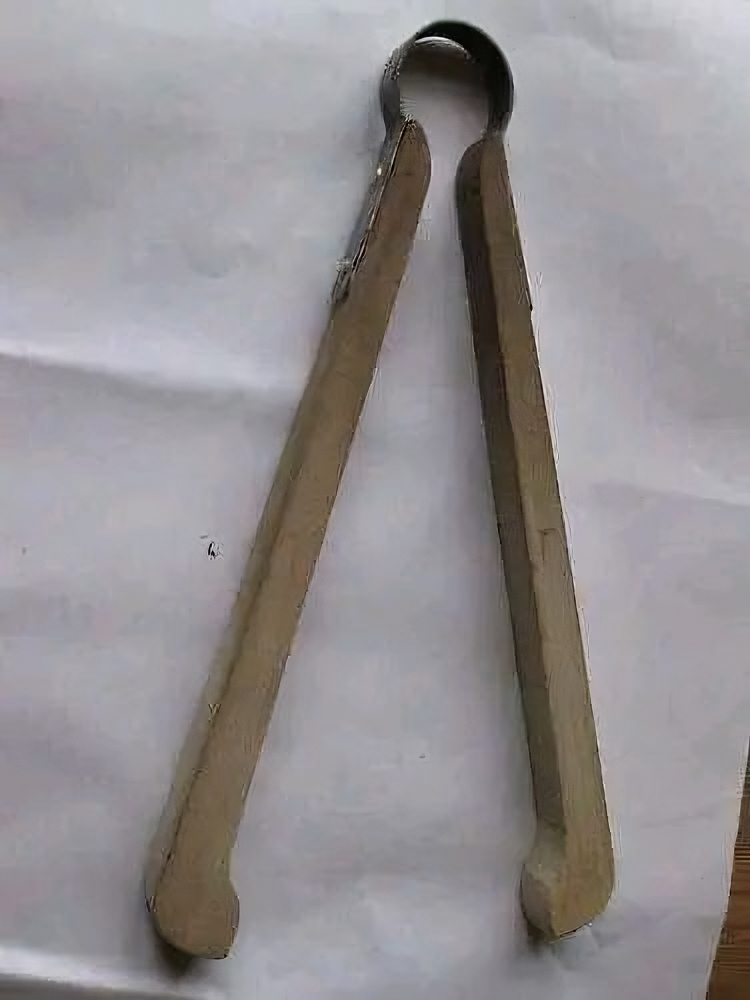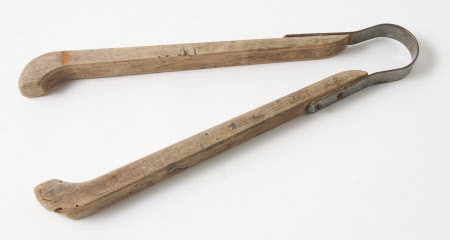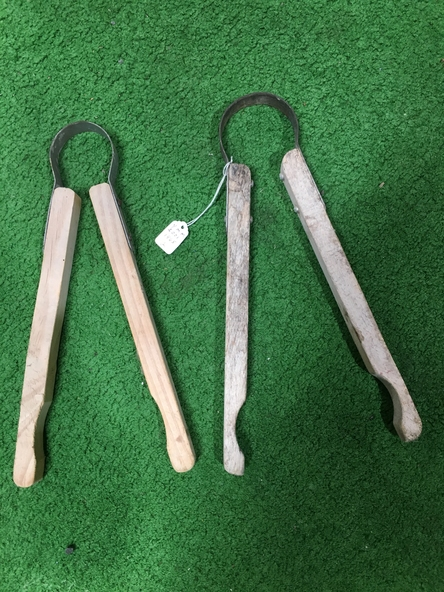Tongs are one of those humble yet essential tools that often go unnoticed, despite their wide range of applications. These versatile tools have been part of human culture for thousands of years, with early versions used by ancient civilizations to grip and move hot objects. Today, tongs can be found in kitchens, laboratories, and workshops worldwide, each type tailored to specific tasks. Let’s take a closer look at the history, evolution, and numerous types of tongs and how they continue to be indispensable in our daily lives.

What Are Tongs? A Brief Introduction
Tongs are simple tools used to grip, hold, or lift objects without direct contact. Usually consisting of two arms joined by a hinge or spring mechanism, tongs allow users to handle hot, cold, or hazardous materials safely. With uses ranging from cooking to laboratory work, tongs come in various forms, each designed to perform a specific task with precision and safety.
The Origin and Etymology of Tongs
The word “tongs” is believed to come from the Old English term “tang” or “tange,” meaning “that which bites.” It’s a fitting name, as tongs function by gripping onto objects much like a bite. Evidence suggests that tongs were first used around 1450 BC in ancient Egypt, primarily for handling hot objects. This early invention marked the beginning of a tool that would be adapted across cultures and professions.
Tracing the Evolution of Tongs Through History
1. Ancient Beginnings in Egypt
The earliest known use of tong-like tools dates back to ancient Egypt, where blacksmiths and craftsmen used simple metal rods to handle hot coals and objects over fires. These early tongs were likely made from bronze or iron and were essential for working with metals, as they allowed users to maneuver and shape heated materials without risking burns.
2. Spread to Other Civilizations
As civilizations grew, so did the use of tongs. Different cultures adapted and improved the design to suit their specific needs. In ancient Greece and Rome, for example, blacksmiths used more refined versions of tongs to work with metals, while Roman households used smaller tongs for cooking and serving food. By the medieval period, tongs had become commonplace, appearing in both domestic kitchens and professional workshops.
3. From Traditional to Modern Tongs
Today’s tongs have benefited from centuries of design improvements, becoming more specialized and user-friendly. Modern tongs are typically made from materials such as stainless steel, plastic, or silicone, with designs that incorporate insulation and ergonomic features. They are found in countless settings, from scientific labs to barbecues, proving that this ancient tool remains just as relevant in the 21st century.
A Closer Look at Common Types of Tongs and Their Uses
1. Barbecue Tongs
Barbecue tongs are probably the most recognized type of tongs, featuring long handles to protect users from the heat of a grill. They are designed for flipping, turning, and serving grilled food, allowing for precision handling without the risk of burns.
2. Salad Tongs
These tongs are typically used for tossing and serving salad. Their broad, flat ends make it easy to pick up delicate greens without damaging them, and they often feature a gentle spring action for easy handling.

3. Ice Tongs
Ice tongs are designed specifically for handling ice cubes. They usually have sharp points or claws that grip the slippery surface of the ice, making them ideal for cocktail service and bar settings.
4. Sugar Tongs
Used in elegant tea services, sugar tongs are small and often decorative, designed to handle sugar cubes without touching them. They add a touch of sophistication to serving tea and coffee, especially in formal settings.
5. Fire Tongs
As the name suggests, fire tongs are used to handle burning logs or hot coals. They are often long and robust, allowing for safe manipulation of burning materials in fireplaces and stoves.
6. Crucible Tongs
Used primarily in scientific laboratories, crucible tongs are designed to hold small, high-temperature vessels called crucibles. These tongs are heat-resistant and are essential for safely handling materials in experiments involving extreme heat.
Each type of tongs demonstrates the adaptability of this simple tool, reflecting its relevance across various tasks and industries.
The Role of Tongs in the Kitchen and Beyond
1. Tongs in Cooking: A Culinary Essential
Tongs are indispensable in the kitchen, where they serve multiple purposes. Cooks use tongs to turn, flip, and stir ingredients on the stovetop, ensuring even cooking without direct contact. They’re also essential for serving food, whether it’s placing salad on a plate or flipping meat on a grill. In kitchens around the world, tongs have become synonymous with versatility and ease.
2. Industrial and Scientific Applications
Beyond the kitchen, tongs are vital in scientific labs, manufacturing, and metalworking. Blacksmiths rely on specialized tongs to grip and shape molten metal, while laboratory technicians use crucible tongs to handle hot glassware and chemicals safely. In these settings, tongs protect users from heat, chemicals, and hazardous materials, underscoring their importance in safety and precision.
3. Cultural and Symbolic Significance
In some cultures, tongs have transcended their practical uses, taking on symbolic meanings. In certain narratives, such as folklore and mythology, tongs are tools of creation and transformation. Their association with fire and metalwork has led to their representation as symbols of craftsmanship and human ingenuity.

Tips for Choosing and Using Tongs Effectively
To get the most out of your tongs, consider the following tips:
- Match the Tongs to the Task: Different types of tongs are designed for specific tasks. Choose barbecue tongs for grilling, salad tongs for serving greens, and fire tongs for handling coals to ensure safety and effectiveness.
- Look for Insulated Handles: If you’re working with heat, opt for tongs with insulated or heat-resistant handles. This will help prevent burns, especially when handling hot cookware or materials.
- Consider Material: Stainless steel tongs are durable and heat-resistant, making them ideal for high-temperature cooking. Silicone or plastic tongs are gentler on non-stick cookware and can withstand moderate heat.
- Clean After Each Use: Proper cleaning is essential to prevent contamination, especially when using tongs for cooking. Many tongs are dishwasher-safe, making it easy to maintain hygiene.
The Timeless Appeal of Tongs
From ancient Egyptian blacksmiths to modern-day chefs, tongs have remained an essential tool across generations. Their versatility, simplicity, and adaptability make them indispensable in various settings, whether it’s a bustling kitchen or a scientific laboratory. As one of humanity’s oldest tools, tongs have proven their value time and again, demonstrating that even the simplest tools can have an enduring impact.
Next time you reach for a pair of tongs, take a moment to appreciate their history and versatility. Whether you’re flipping a sizzling steak on the grill or serving up a salad, you’re using a tool that has stood the test of time — a tool that’s as practical today as it was thousands of years ago.


